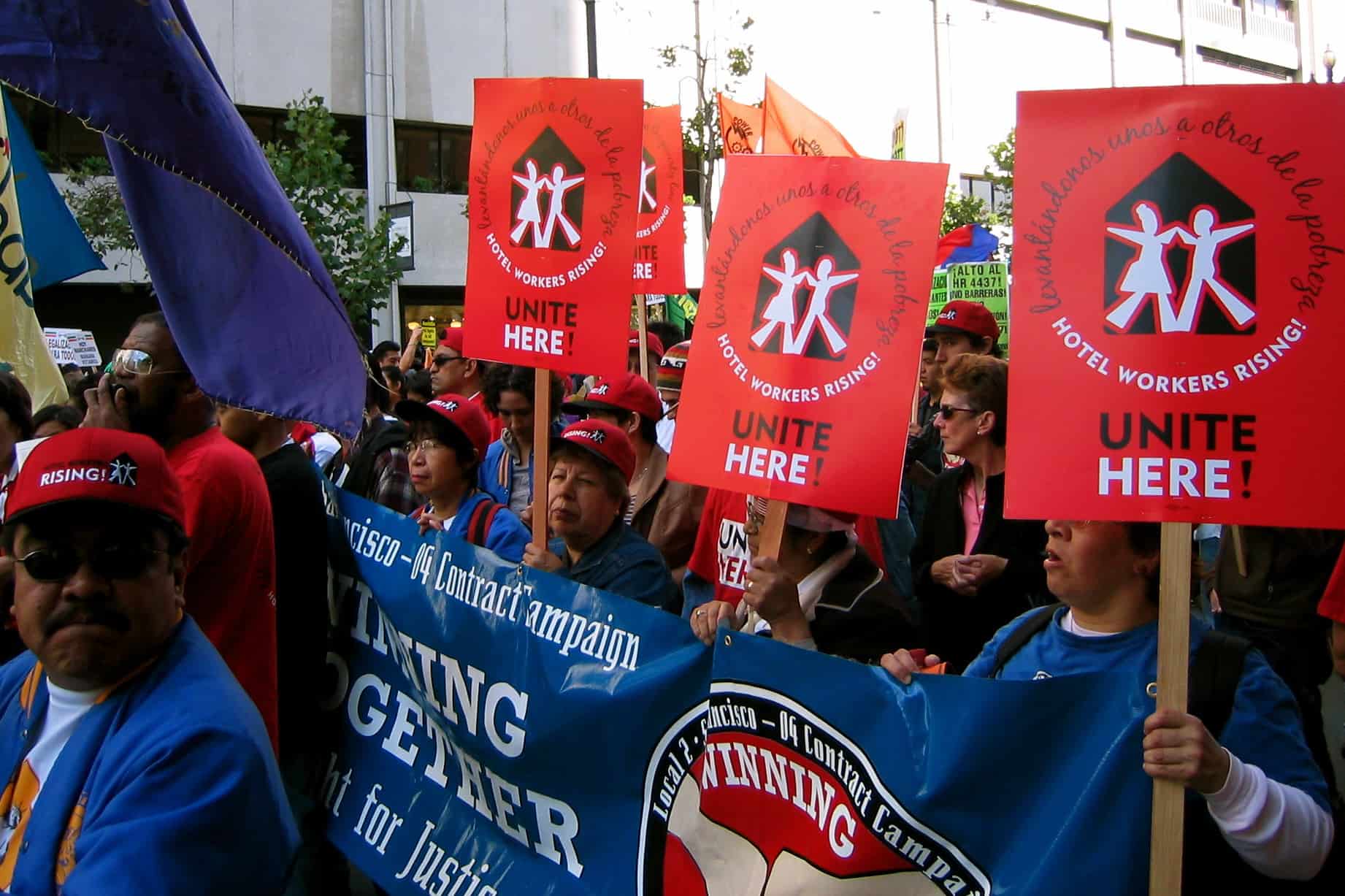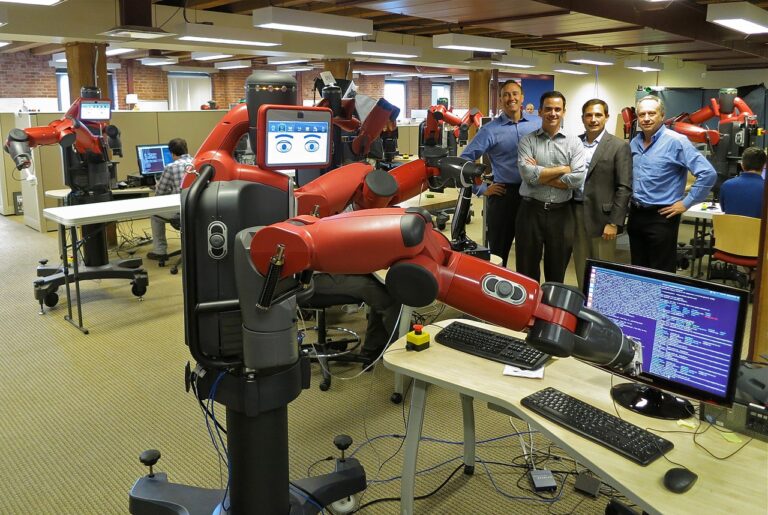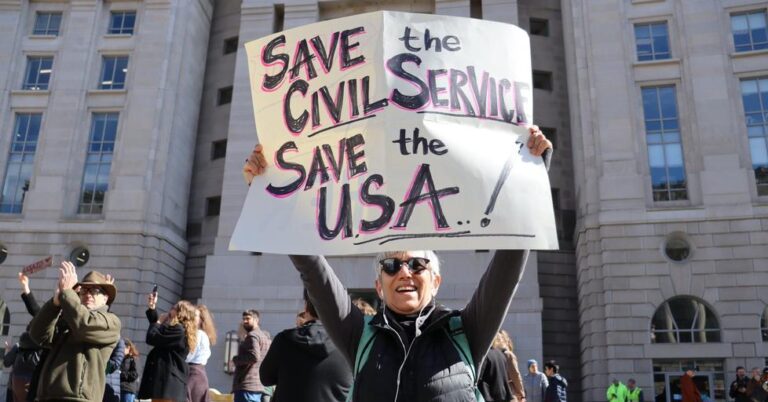
Julia Huang is a student at Harvard Law School and a member of the Labor and Employment Lab.
Imagine working for an employer for most of your life and drawing on your years of experience to help you proficiently perform your job. You invest your time, you befriend your coworkers, and you support your family with this steady stream of income. But when the global pandemic hits, due to circumstances outside of your control, you are laid off. As an at-will employee, you have no say in the matter and you are left feeling disposable and powerless.
The Hospitality Industry
The COVID-19 pandemic and subsequent shutdown orders have left the leisure and hospitality industry reeling. In the United States, the leisure and hospitality sector accounts for 39% of total jobs lost due to the pandemic. At the individual level, these job losses were disproportionately experienced by Black and Hispanic women, and AAPI workers overall. Before the pandemic, a quarter of hospitality workers were Hispanic or Latino. As the industry recovers, who will stop these businesses from preferentially hiring newer, younger employees who come at cheaper rates?
Right to return laws have sought to protect laid-off hospitality workers in certain states and cities. Also known as right to recall laws, such legislation prioritizes rehiring former workers over other workers. California (which also has separate city ordinances), Nevada, Connecticut, Chicago, Baltimore, D.C., Minneapolis, and Philadelphia have all implemented right to return laws.
Preferencing Seniority
While any worker finding employment is always a win for the economy, in the choice between a former worker and a new worker, former workers deserve the right to return. Legislators in these jurisdictions agree – experience matters. Covered employers must offer former workers available jobs in the order of their seniority. For example, the California law specifies a preference for employees “with the greatest length of service.” Hospitality union leader Rosslyn Wuchinich argues that such prioritization “makes sure that the baseline stability that so many hospitality workers have spent years working up to is not permanently robbed from them.” This protection also extends to non-unionized workers, who are less likely to have recall protections in their employment agreements.
Former workers should not be undermined simply because their experience has earned them higher pay. The burden should be on employers to prove why previously employed, previously qualified workers no longer make the cut. Otherwise, we may see industry salaries falling across the board. Why should former workers suffer from unemployment or settle for other jobs if business has improved for their old employer, and the “same position” or “a similar position within the same job classification” (e.g., Nevada) has become available?
While most right to return laws consider former workers “qualified” for a job if they had held the same or a similar position pre-pandemic, Philadelphia and Connecticut also allow former workers to become “qualified” through the same skills training new hires would receive. Such provisions respect and reward workers’ loyalty to an employer by providing other avenues to job security at the same company.
The more rigid terms of at-will employment should not deny these former workers the right to return to the positions they prefer and that they are capable of performing. After a job separation, Black and Latino workers face higher rates of persistent non-employment and employment instability than white workers. These rates worsen for all workers during a recession and have likely worsened during the pandemic. Now add in the acute job loss in the hospitality industry. Hospitality workers deserve these specific protections.
Furthermore, both employees and employers benefit from the right to return. Former employees are only eligible if they were laid off for a “nondisciplinary reason” and if the job “becomes available after the effective date of this act.” (e.g., Nevada). Former employees provide a pool of able workers that employers can readily hire once business improves. This act does not unfairly force employers to employ more people than they can handle; rather, only when businesses need more workers again do employers then have an obligation to offer those jobs to their former employees.
Coverage
Beyond the seniority requirement, the right to return laws vary on a number of terms that could affect their long-term impact. For starters, which employers are covered differs between city or state. For example, while Chicago’s ordinance is limited to businesses that offer sleeping accommodations (i.e. hotels, inns, etc.), Nevada’s act covers a broader range of businesses, including airports, stadiums, casinos, and third-party operators associated with hotels. D.C.’s act further expands coverage to contractors, restaurants, nightclubs, brew pubs, and taverns. Some jurisdictions, like Philadelphia and Baltimore, provide protections if a hotel’s ownership changes (as does New York City).
Other significant factors include how long an employee had worked for the business pre-pandemic and the date of the layoff. Although Connecticut mandates that an employee must have worked for six out of the twelve months before March 10, 2020, prior to being laid off between March 10, 2020 and May 1, 2022, California’s law will remain in effect through 2024.
Conditions of Making an Offer
When making offers to former workers, employers have some flexibility depending on the jurisdiction. To streamline the process, employers can send simultaneous offers to workers before then narrowing the selection based on seniority. After employers offer their former workers a position, notifying them by email, text, or mail, the workers could have between 24 hours (Nevada) to 10 days to respond (Minneapolis). Most commonly, they have 5 days (e.g. Connecticut).
If a former worker is unqualified, an employer can refuse to hire the worker if the employer also provides written notice of its reasoning within a certain number of days. Some jurisdictions permit a cure period or a rebuttal presumption of a violation, allowing employers to provide a legitimate business reason for either the refusal to rehire or for an adverse action. The former worker must then show the legitimate business reason is pretext. On the other hand, Connecticut does not have a “right to cure” provision and mandates that rehired employees cannot be discharged within the first 30 days, unless for just cause.
Enforcement
Enforcement of these right to return laws vary widely. For example, in Chicago, fines for employers range from $250 to $500 per offense, with each day that a violation remains unresolved counting as a separate offense. Minneapolis, however, only allows fines up to $1,000 and expressly does not provide a private right of action. In Connecticut, where the law creates a private right of action, three long-time, immigrant employees of McDonald’s have filed suit.
Employers have responded with complaints of harsh penalties and needless procedural work. Station Casinos in Nevada argues that it would have hired more former workers had the employees actually applied, and that the seniority provision wrongly prioritizes part-time/on-call workers over full-time, but less senior workers. But many of the differences in these policies, as described above, were compromises made with industry employers. Workers should not compromise further. Given that the hospitality industry is still operating at a loss, now is the time for an expansion of this legislation into more states and cities. Workers deserve a robust right to return.










Daily News & Commentary
Start your day with our roundup of the latest labor developments. See all
December 5
Netflix set to acquire Warner Bros., Gen Z men are the most pro-union generation in history, and lawmakers introduce the “No Robot Bosses Act.”
December 4
Unionized journalists win arbitration concerning AI, Starbucks challenges two NLRB rulings in the Fifth Circuit, and Philadelphia transit workers resume contract negotiations.
December 3
The Trump administration seeks to appeal a federal judge’s order that protects the CBAs of employees within the federal workforce; the U.S. Department of Labor launches an initiative to investigate violations of the H-1B visa program; and a union files a petition to form a bargaining unit for employees at the Met.
December 2
Fourth Circuit rejects broad reading of NLRA’s managerial exception; OPM cancels reduced tuition program for federal employees; Starbucks will pay $39 million for violating New York City’s Fair Workweek law; Mamdani and Sanders join striking baristas outside a Brooklyn Starbucks.
December 1
California farmworkers defend state labor law, cities consider requiring companies to hire delivery drivers, Supreme Court takes FAA last-mile drivers case.
November 30
In today’s news and commentary, the MSPB issues its first precedential ruling since regaining a quorum; Amazon workers lead strikes and demonstrations in multiple countries; and Starbucks workers expand their indefinite strike to additional locations. Last week, the Merit Systems Protection Board (MSPB) released its first precedential decision in eight months. The MSPB had been […]